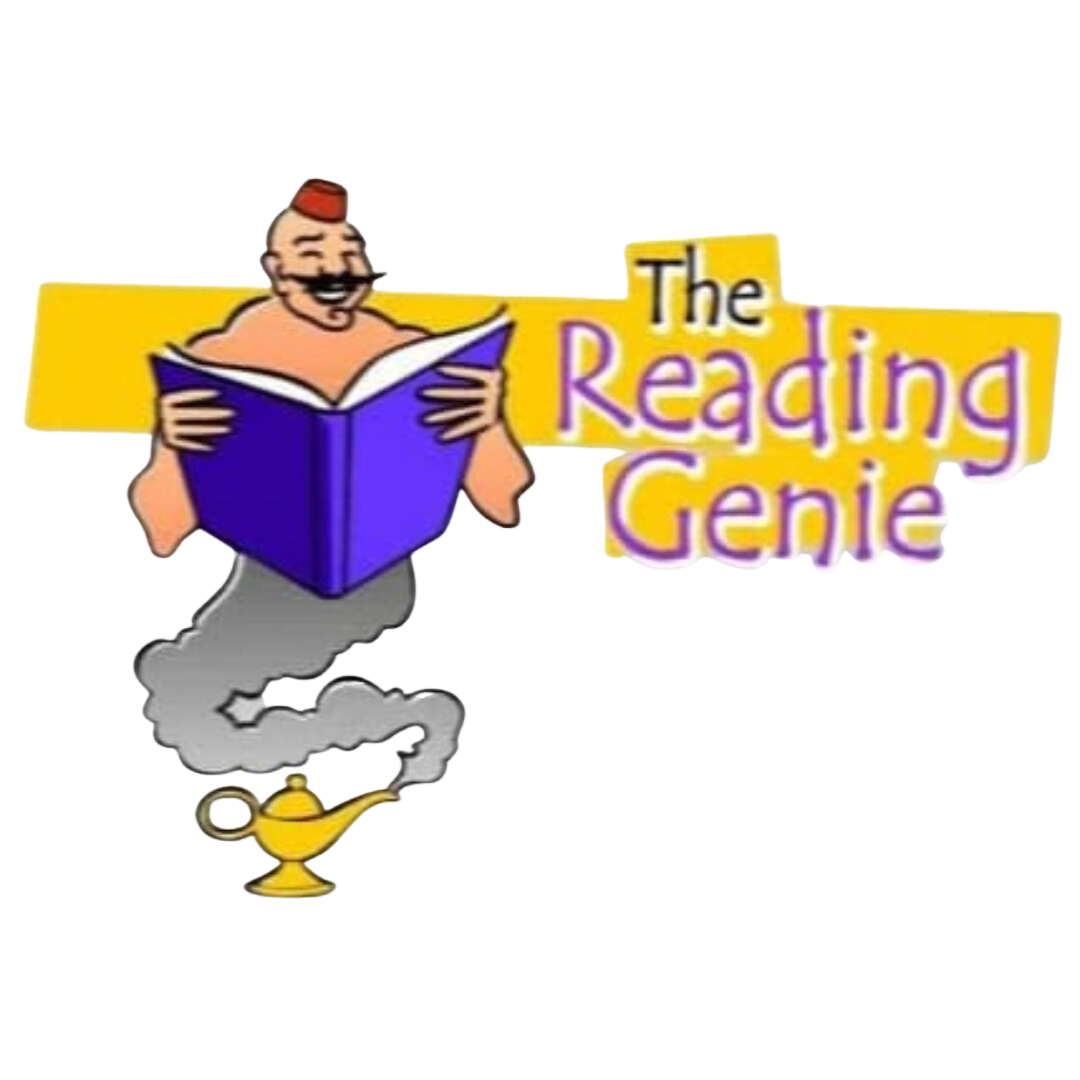
Using Decodable Text

Posted on October 29, 2023
Click here for a by Anna Matesh, or here for a by Sophi Spacilova, or here for a by Elsa Jansson, or here for a by Laura Mancini, or here for a by Marek Murawski, or here for a by Lars Olden, or here for a by Zoltan Solak, or here for a by Alana Kerimova.
Decodable text is simply text matched to the correspondence knowledge of readers. The words in decodable text (except for a limited number of high frequency function words) are restricted to spelling patterns that the reader can decode given his or her existing correspondence knowledge. This means that a crucial factor in determining the decodability of text is the reader’s current knowledge of correspondences. Even so simple a text as A Cat Nap (Educational Insights) is not decodable for prealphabetic children. A text featuring long a patterns, such as Jane and Babe (Educational Insights), is not decodable for children who have only worked with short vowels. On the other hand, Frog and Toad Are Friends (Lobel, 1970) is decodable for children who have worked with the major vowel digraphs and who have acquired enough sight vocabulary to read at a first-grade instructional level. For skilled readers like ourselves, virtually any English text is decodable.
The question about decodable text, then, is whether or not we should give children texts matched to their correspondence knowledge. If children have no available correspondences, no text is decodable for them. They do have the alternative of predictable texts, which are fun to read and excellent instructional texts for teaching print concepts and meaning vocabulary. Shared reading (i.e., cued recitation) with predictable texts may provide opportunities to teach common function words by rote, supplying necessary words for reading any text. However, cued recitation does not provide the spelling analysis of decoding, and therefore we cannot expect children to learn the identities of the words in predictable texts.
For children who have learned some correspondences, restricting the vocabulary of texts to words they can decode has great benefits. With decodable texts, the strategy of identifying words by sounding out and blending works better than available alternatives (guessing from phonetic cues, text memorization, using illustrations, memorizing spellings by rote, etc.). Because decoding works, children will rely on a decoding strategy. Decoding makes learning sight words roughly nine times easier than rote memorization; children can learn about nine sight words by decoding with the same effort it takes to learn a single word by rote (Gates, 1931; Reitsma, 1983).
Juel and Roper/Schneider (1985) provided some evidence that using decodable text induces a decoding strategy. They found that children who had only been taught short-vowel correspondences but who had worked in decodable text were able to use long-vowel correspondences in decoding unfamiliar words. Juel and Roper/Schneider surmised that the type of words in texts may be as powerful as the method of instruction. Phonics without decodable text is isolated–it works only with words, not with stories. If phonics works to decode text, phonics is integrated. Beginning readers appreciate and remember correspondences because they work in constructing the meaning of texts; e.g., when they learn the oa correspondence, they can read the next story, “The Boat Made of Soap.” This in turn motivates the extensive and difficult work of phonics.
Teachers are also willing to invest more effort in explicit phonics instruction when learning a new correspondence enables children to read stories successfully. Their children’s success motivates their teaching efforts. Well-crafted phonics instruction provides children with the tools they need to identify the words and construct the meaning of stories, but only if children read carefully matched decodable texts.
Learn more about the for beginning readers–books that make learning to read easier.
Decodable Text Sources
High Noon Books (Best source for decodable chapter books)
20 Commercial Blvd, Novato CA 94949-6191
(800) 422-7249
Bob Books
Available at most major bookstores
Books to Remember
P.O. Box 185, Lyme NH 03768
(603) 795-2875
Reading Sparkers
Children’s Research and Development Co.
216 9th Ave, Haddon Heights NJ 08037
(609) 546-9896
The Wright Skills Decodable Books
19201 120th Ave NE, Bothell WA 98011
(800) 523-2371
Margaret Hillert Books
Phonics Practice Readers
P.O. Box 2649, Columbus OH 43216
(800) 876-5507
Open Court
Reading Mastery
SRA, a division of McGraw-Hill
220 E Danieldale Rd, DeSoto TX 75115-2490
(888) SRA-4543
Reading A-Z
A gold mine of decodables, with printable downloads and e-books.
Starfall
Entertaining decodable text online.
Send a Message
Have questions, need assistance, or want to explore the world of decodable stories with us? Fill out the form below, and we'll be delighted to assist you on your reading journey! And we'll get back to you soon
Get in Touch
Send us an email
[email protected]